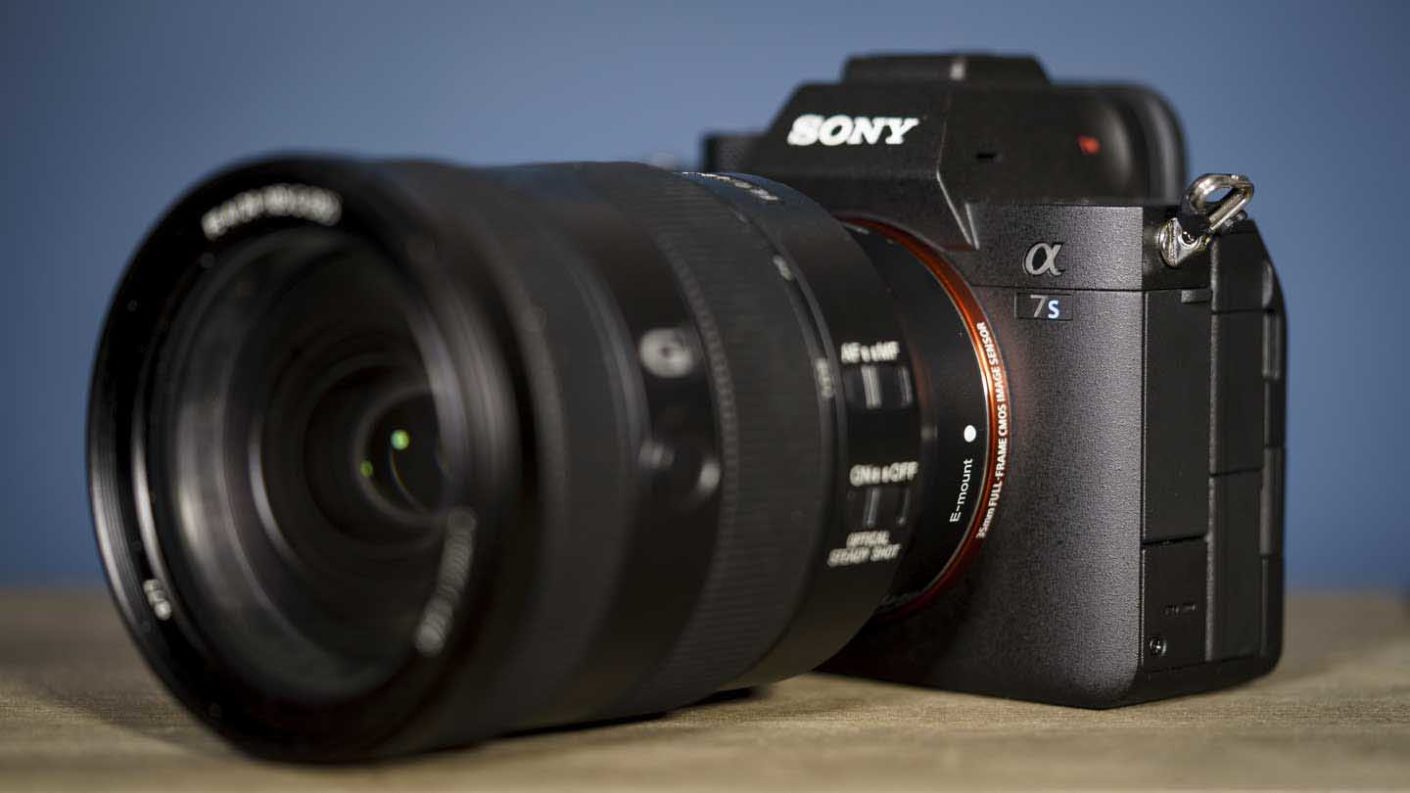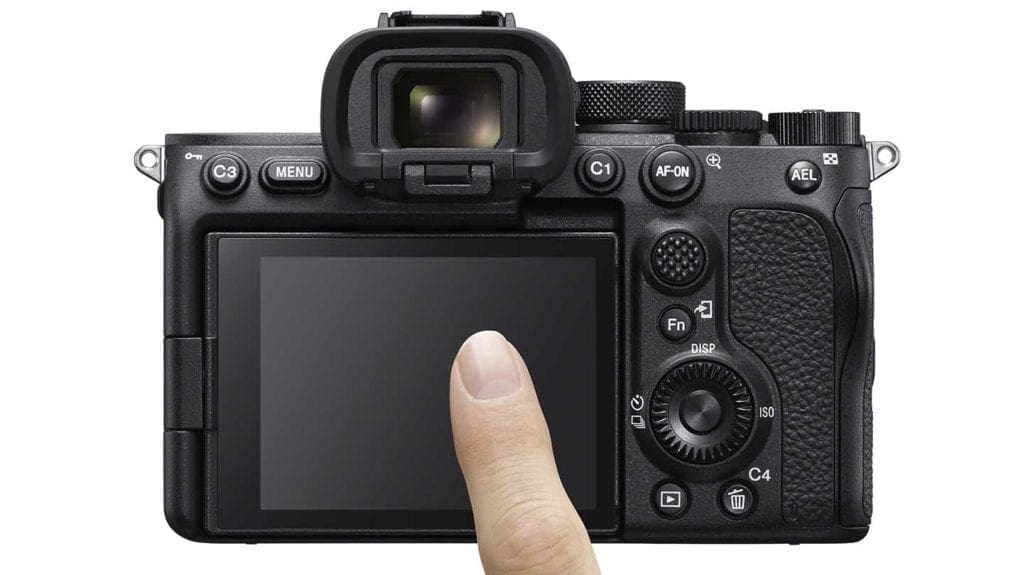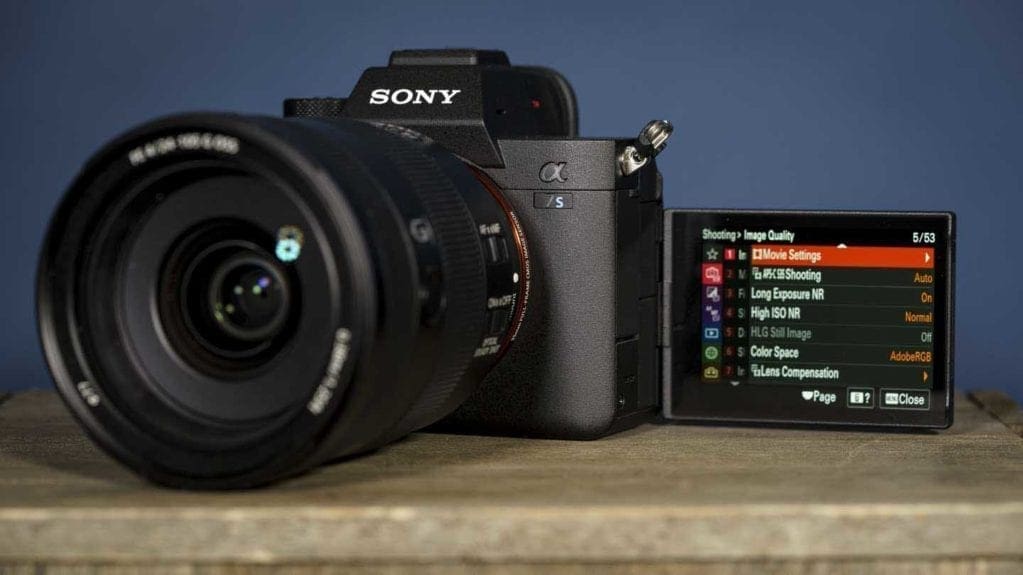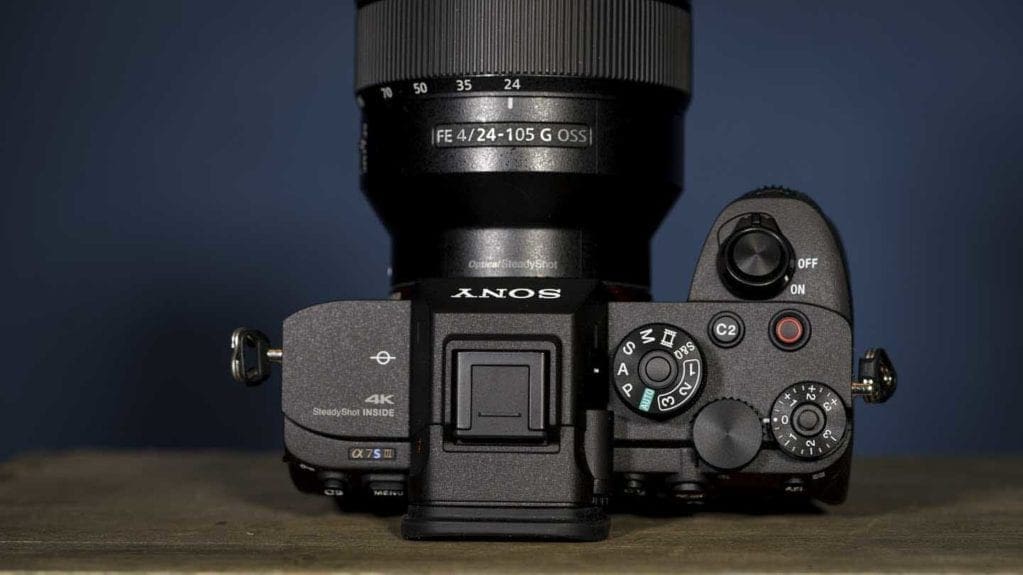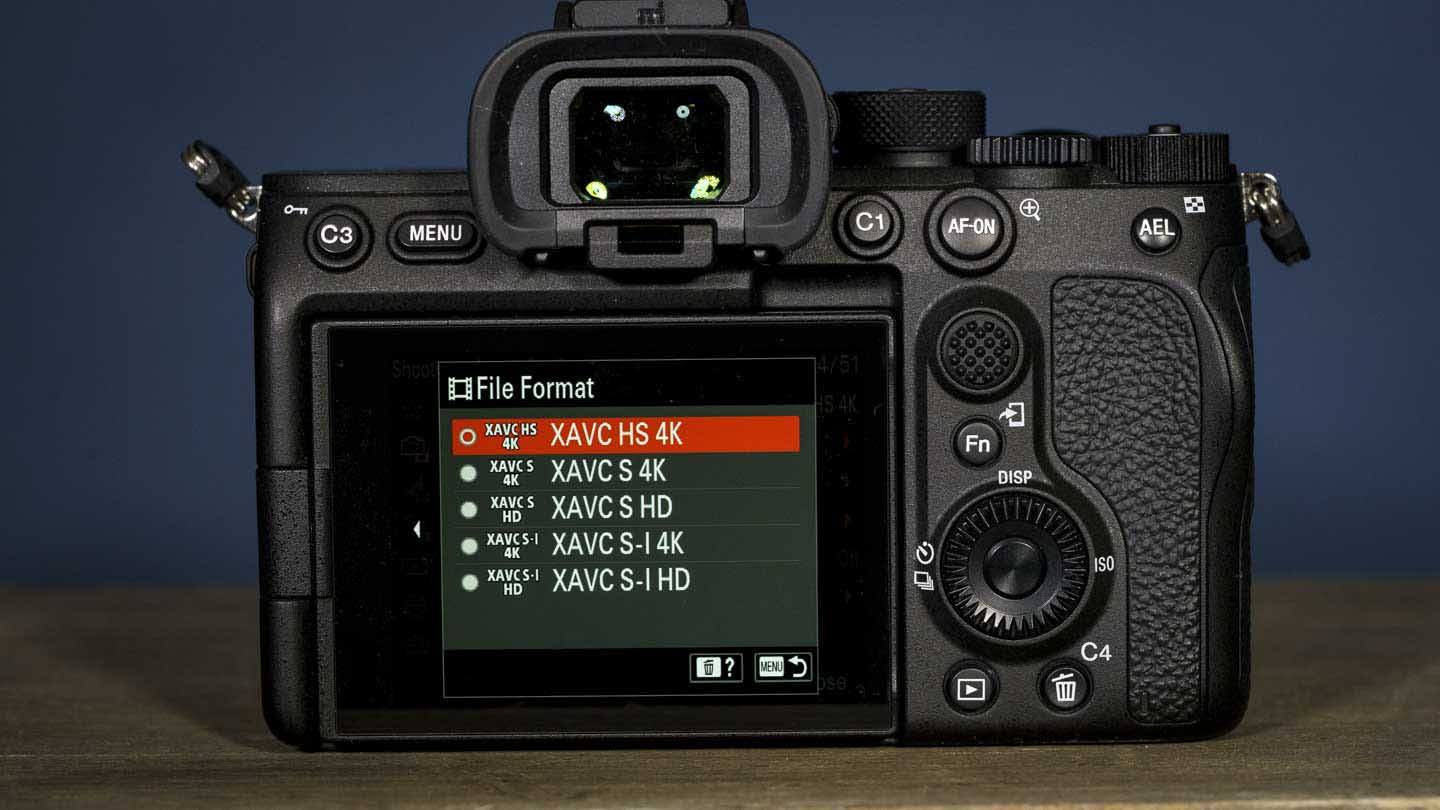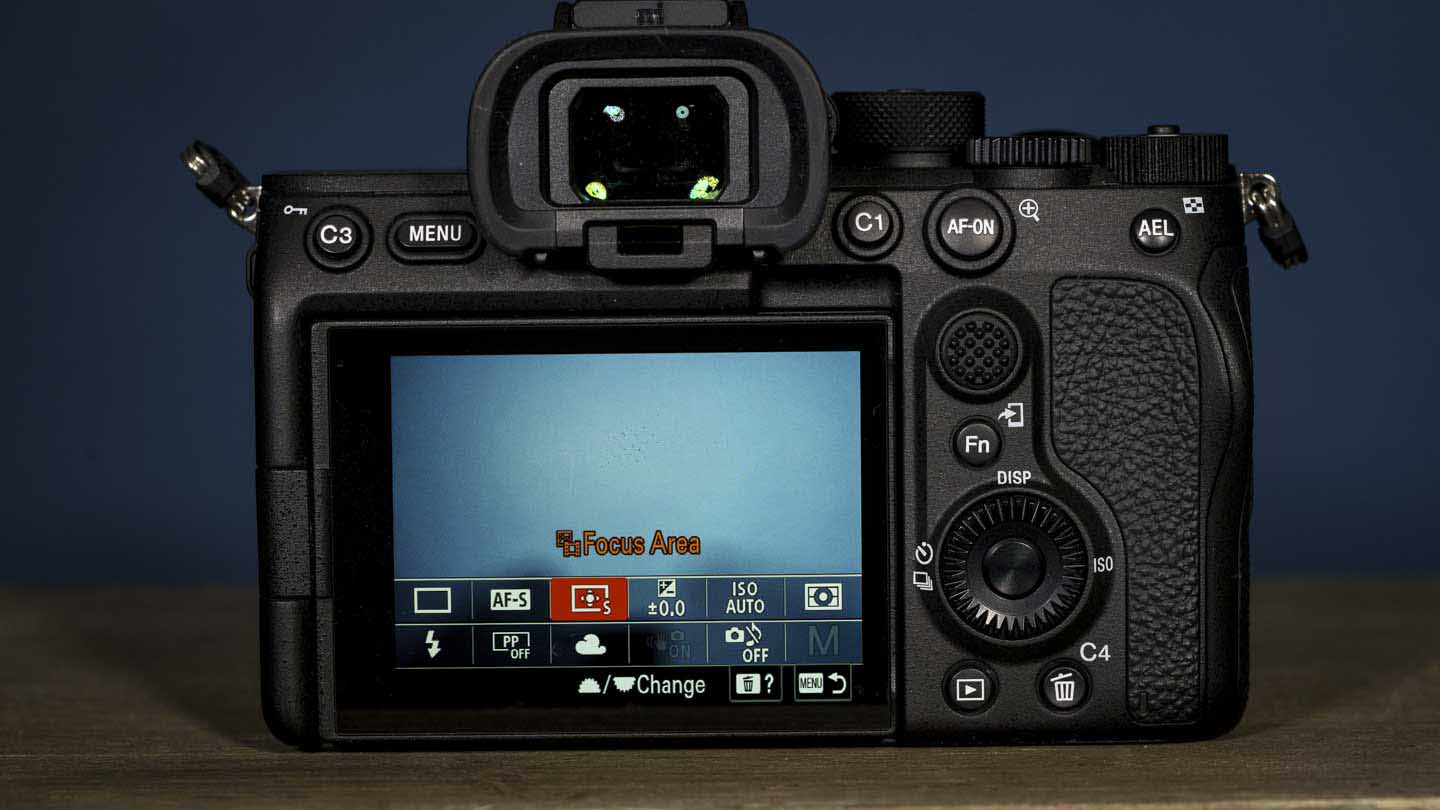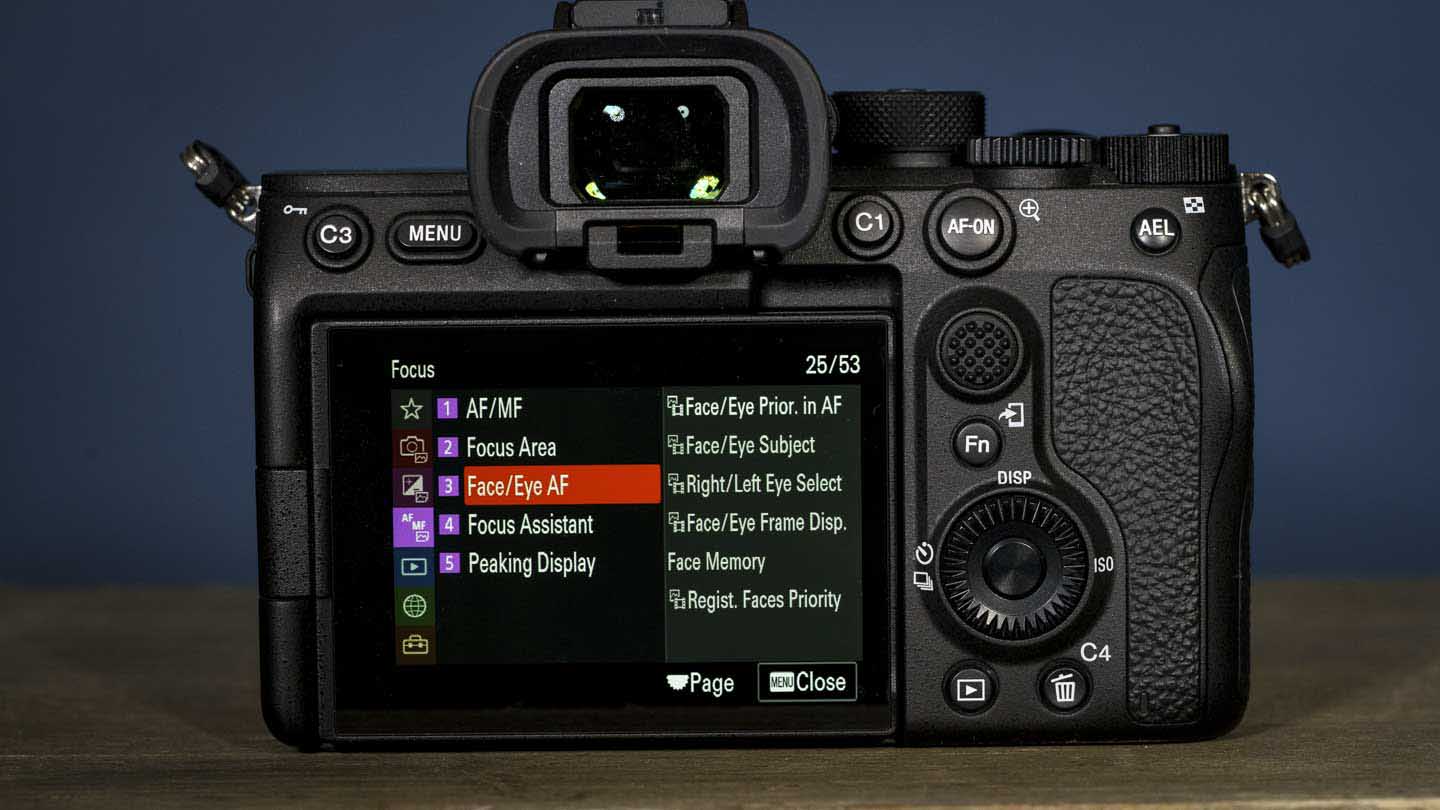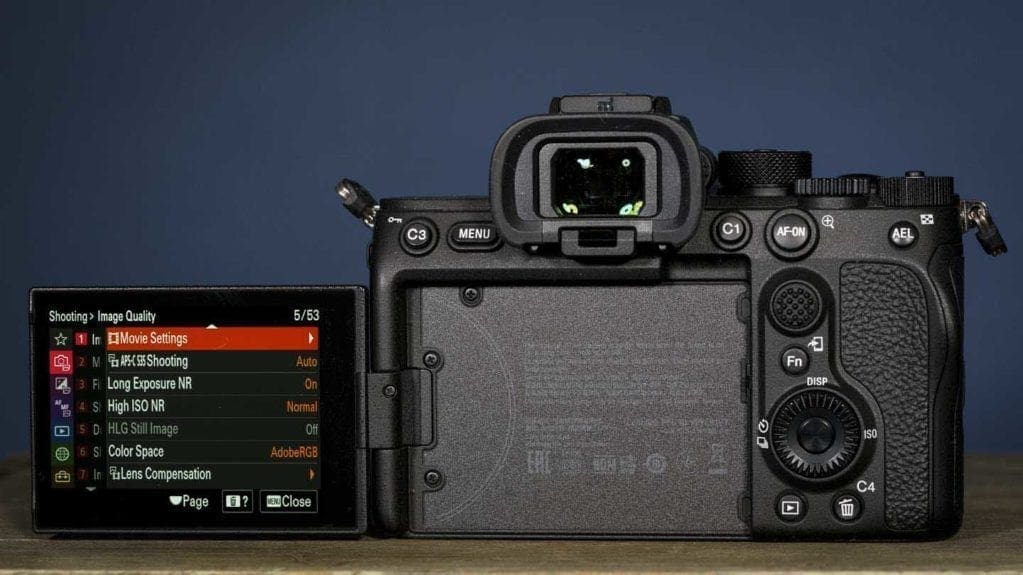Although Sony has stuck with the same resolution as the A7S II, the 12.1Mp full-frame CMOS sensor inside the Sony A7S III is new and has backside-illuminated (BSI) structure. Using this design enables the photosites to receive more light than a standard CMOS sensor, which means its low-light performances is boosted.
According to Sony, using a BSI design also doubles the readout speed which brings a range of performance enhancements.
Sony has also combined the new sensor with a new processing engine dubbed Bionz XR, which is said to enable up to 8x faster processing.
As well as boosting the low-light performance and enabling a sensitivity range of ISO 40-409,600 for video, using this sensor and processing engine combination enables the A7S III to capture video with up to 15 stops or more dynamic range at low ISO settings and in S-Log.
The dynamic range of the A7S III’s stills is claimed to be 14EV.
Also, thanks to the faster readout and processing, the A7S III is said to suffer from minimal rolling shutter (jello) effect.
4K Full-sensor readout
The headline video feature of the Sony a 7S III is that it can shoot 4K video at up to 120p and full HD footage at up to 240p, with full-sensor readout no pixel-binning and with the hybrid autofocus system in action.
There’s also 10-bit colour depth and 4:2:2 colour sampling available in all recording formats.
Sony has introduced new XAVC S-I 4K (All-Intra) and XAVC HS 4K (Long GOP) video formats and improved the XAVC S 4K (Long GOP) format for the A7S III.
Intra-frame recording is a compression procedure that captures more data but requires higher bit rates and therefore more uses storage capacity than Long GOP. It’s useful when you need the best quality 4K video recorded internally.
XAVC S-I 4K (All-I) can be used in normal recording at 50/25fps and 10bit 4:2:2 500Mbps and in S&Q (Slow and Quick) mode at 110/50/25/12/6/3/2/1fps at 25p (4x slow-mo)/50p and 10bit 4:2:2 250Mbps. It’s the S&Q options that make using a CFexpress card essential.
The bit rate in S&Q mode is 250Mbps which means the recorded bitrate/framerate is 10, much higher than in previous cameras. As a result, the in-camera slow and quick motion results should be much better than in the past.
It’s worth noting here that although (as usual) audio isn’t recorded in S&Q mode, the AF system can operate, which means there should be no problems tracking a fast-moving subject and creating a slow-motion video.
As well as recording to a UHS-II SD card or a CFexpress Type A card in the memory port, the A7S III can output 16-bit raw 4K 60p footage via its HDMI 2.1 connection to an Atomos Ninja V. It’s worth remembering here that 60p is the maximum framerate supported by HDMI 2.1.
Colour
As you’d expect, the A7S III has 10bit S-Log 2 and 3 available. According to Sony, in S-Log3 the results it produces match those from the Sony PXW-FX9.
Sony has been working on the colour science behind the A7S III’s S-Gamut3 and S-Gamut3.Cine gamuts and the camera is claimed to have much better colour saturation at high sensitivity (ISO) settings than the A7S II once the s709 LUT has been applied.
That’s great news for anyone wanting to grade their video, but Sony hasn’t ignored the requirements of less experienced videographers and those who need an ‘out of camera’ solution. Consequently, the A7S III has a total of 10 colour profiles, 4 of which are new (FL Film-like tone, IN Instant camera tone, VV2 Vivid tone with bright tone and SH Soft & Highkey).
There are also 8 image control parameters available for adjustment – saturation, contrast, shadow, highlight, fade, sharpness, sharpness range and clarity.
Autofocus
The Sony a 7S II has rather lacklustre autofocus performance, but Sony’s autofocus systems are now one of the best available in a mirrorless camera, if not any camera. I say one of the best as the Eye AF performance crown has been stolen by the Canon EOS R6 and Canon EOS R5 which have an uncanny ability to spot eyes in the frame – even animals eyes in video.
Anyway, it’s not really a surprise to see that Sony has given the A7S III a hybrid AF system with 759 phase-detection points and 425 contrast-detection points. Helpfully, the phase-detection points cover 92% of the sensor.
Further good news is that the real-time Eye AF system is also available and is said to be 30% better than previous systems. It also operates in both stills and video mode. It can be set to detect either human or animal eyes in stills mode and human eyes in video.
In addition, the AF system is claimed to be sensitive down to -6EV, which means it should be able to operate in the gloomy conditions that the A7S III is said to excel in.
Usually, with stills-shooting you want the autofocus system to be as fast as possible, but when you’re shooting video you often want smoother, slower transitions in focus. The A7S III has seven adjustment steps for AF for transition speed rather than five like the A7S II and the AF subject shift sensitivity can be adjusted across five steps.
I suspect that the A7S II is largely used in manual focus mode during video shooting, but the A7S III could well be the opposite as the AF system is likely to be very good.
Read our A7R IV review
Stabilisation
Like the A7S II, the Sony A7S III has 5-axis image stabilisation built-in. This is claimed to offer up to 5.5EV shutter speed compensation when shooting stills. It’s also possible to activate digital stabilisation if it’s required. This is called SteadyShot Active and as you’d expect, using it results in a slight crop being applied to the framing.
Still File Formats
While it is primarily aimed at videographers, the Sony AS III is still able to shoot stills and could appeal to photographers looking for a low-light camera.
As you’d expect, the A7S III can shoot raw and Jpeg images but Sony has also included the option to shoot 10-bit HEIF (High-efficiency file format) images. These files are the same size as Jpegs but they have more colour data which means they can have smoother gradations and are better able to withstand editing.
Dual Card Slots
Although the Sony A7S III has two SD-type card slots which are compatible with UHS-II media, the slots can also accept CFexpress Type A cards. These are smaller than the Type B cards we’ve seen in use to date, and they’re not quite as fast, but they’re fine for the A7S III’s 4K video-shooting capabilities.
It’s great to see that the memory card types can be mixed so if you only have one CFexpress card, you can pop an SD card in the other slot.
Read our Sony A7 III review

